
Pittsburgh Creative Writing Camp for Kids
This past summer, I had a great time hosting a Pittsburgh creative writing camp for kids ages 5-12. I didn’t plan to have such a wide age range, but lots of things in life happen different than we plan!
Before the class started, I had a pretty decent curriculum planned for kids ages 9-12. I was prepared for this age group, because I also host an after school writing club at our elementary school. But when I saw I had young kids in this camp, I had to REVISE the entire thing that first afternoon.
Luckily writers are familiar with revision.
I feel pretty proud of the new version of the camp. It’s perfect for pre-literate kids who want to write books. We review mentor texts – many books with little or no words! – then create our own. It’s a little bit of STEM, a little bit ELA, a little bit ART, and a lot of fun.
I’m planning to host a camp at a local bookstore this summer, so stay tuned!
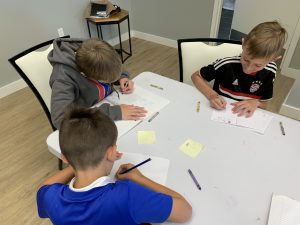
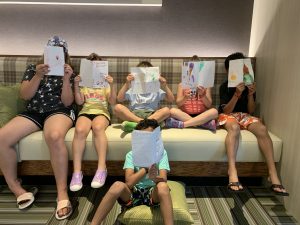
Submissions, Acceptances, and Rejections 2016-2018
In a previous post on submissions, rejections, and acceptances, I discovered I had a yearly average just above 10% as an acceptance rate. Also, I noticed my submissions aren’t consistent throughout the year. I’m OK with that! Everything ebbs and flows. I’m really happy with the past year (2017) in terms of WHAT I submitted and how much I earned, especially for fiction writing. One acceptance isn’t quite the same as every other. In 2017, for instance I had my first fiction story appear in Highlights!
But I still love tracking this data. I’m eager to see what I can accomplish in 2018.

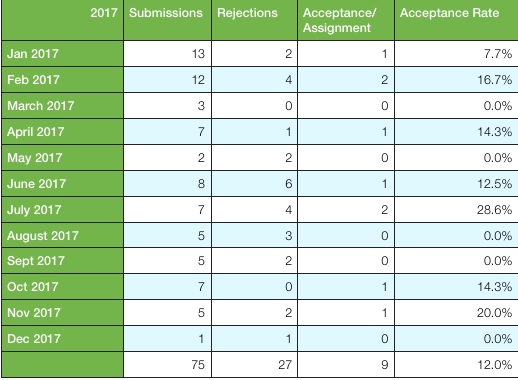
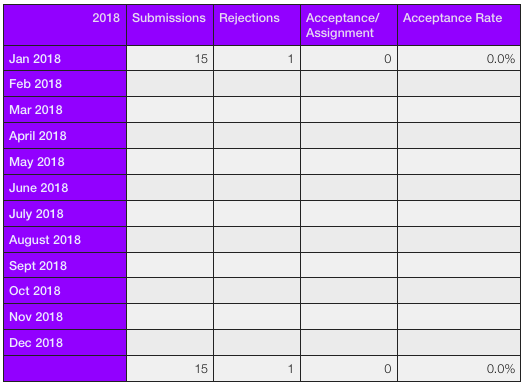
Visit The Brown Bookshelf
February is Black History Month.
But wait. It’s November. Why am I writing about reading books about black history?
Because black history is American history. And I love reading and writing about American history. I especially love learning the stories in history.
Have you read Lift Every Voice? This beautiful book is by Pittsburgh author Kelly Starling Lyons. She’s a contribute to The Brown Bookshelf, a blog where you can find even more information about black voices, especially those creating for young readers.
ALL young readers.
I first learned about Kelly’s books thanks to my local bookstore, Riverstone Books. Local bookstores are the heart and soul of the story-telling world.
No online book seller hosts meet the author events.
No online book seller brings authors and illustrators to your town to meet children.
Only local bookstores help children see someone who looks like them, telling stories about them.
Support your local bookstore. Visit The Brown Bookshelf and find a new book to love.
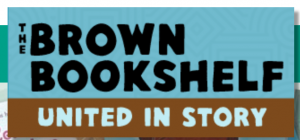
The First Book You Ever Checked Out
This post is an interview with my middle son, about the first book he ever checked out. He’s now in seventh grade at the middle school.
Bat Loves the Night
“I was in English class, and we were in the library, and we all had our iPads out and were logged in and the librarian said, ‘Here’s your check out history. If you want to view all, here it is.’ We had all already clicked on it and were scrolling down to the first books we ever checked out in kindergarten. Mine was Bat Loves the Night. When I saw it, I remembered the moment I checked it out in kindergarten. I was upset that I couldn’t find a book that I liked. We had to check out a book and I couldn’t find one that I liked or wanted to check out. My teacher found it and said ‘what about this book?’ and then I remember really loving this book.
When I saw that book on my check-out history I felt choked up. What did I feel? I felt nostalgic. Maybe I even felt as happy remembering the book as I was reading the book. I also felt sad because I missed my elementary school. Then I remember the major moments in that school. I haven’t thought about my elementary school in awhile, but that book brought back a lot of memories. They came back in a fast pace. My kindergarten teacher was always really kind to me. I feel like if I had a different teacher I would have a different experience in the rest of my years at the elementary school.
Yes, I was able to read the book. I remember we also read Stellaluna in class. I think a lot of people had to have their books read to them, but I was able to read mine. Seeing that book title kickstarted my memory.”
What was the first book you ever checked out? What books do you remember from childhood?
You can find Bat Loves the Night at your local library, or at your local bookstore, like Riverstone.
New Picture Book Publications: Sea School and Picky Penny
I’m so proud to share these two books that I wrote for KPS Storybook Development in South Korea!
I had a lot of fun writing about the main characters, Janine Sardine and Picky Penny. Each character faces a problem that children in grades PK-2 often face. I love the final illustrations.
Unfortunately these books aren’t for sale in the U.S., but if you stop by, you can read my copies!

New Publication: Count Me In and the Great Backyard Bird Count
This month, I’m particularly proud of my new article in the October 2019 issue of Muse magazine “Count Me In: Participate in Important Scientific Research Just by Counting Birds.”
With the bird population declining by 29%, and the threat of state birds not even being able to live in their “home” states, paying attention to birds is more than just a hobby. It’s an act of awareness and conservation. I’m really excited to participate in the Great Backyard Bird Count this coming February and hope to join in other bird counts as well.

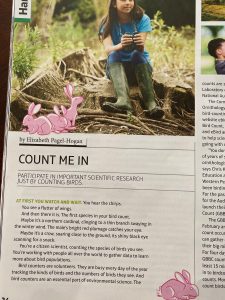
A “How to” Flow Chart for Writing Picture Books
I’m wondering if a “how to” flow chart for writing picture books would be helpful. I sketched out a quick draft of a flow chart, but thinking it would be faster to just type up a Q&A.
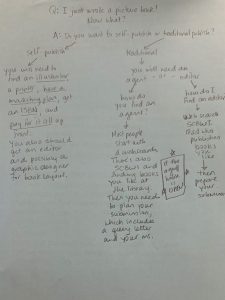
I see a lot of questions in different writing groups from people who have written a picture book and just aren’t clear on the next steps. It got me thinking that a flow chart, or set of instructions, might be helpful. I jotted down this draft, but I’m not sure it’s the best format for presenting the info. And there are many more questions to fit into this chart, like “when should I take a class?” or “do I need a website for my book?” or “this company says it will print my book for me, it costs $10,000, should I do it?”
I want to help people who are just starting out writing picture books, but I also know there are many non-traditional paths to follow in this process. Would a chart like this be helpful or limiting? Even discouraging?
I mean, who says we have to follow the rules? But maybe these aren’t rules, just an outline of the typical paths people follow when writing picture books.
Writing picture books is both difficult and stressful but also wonderful and fulfilling. Let me know if this chart idea is worth doing or not.
Children’s Book Academy Graduate!
I’m so pleased to be a Children’s Book Academy graduate. I had a great five weeks of learning from Mira Rosenberg and her incredible faculty.
Thank you Mira!

The Morning Rush – a Poem for Busy Writers


